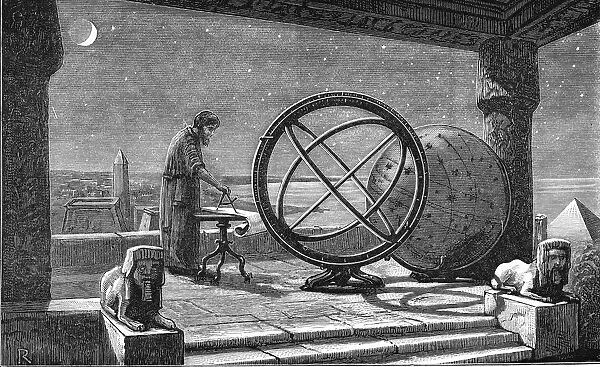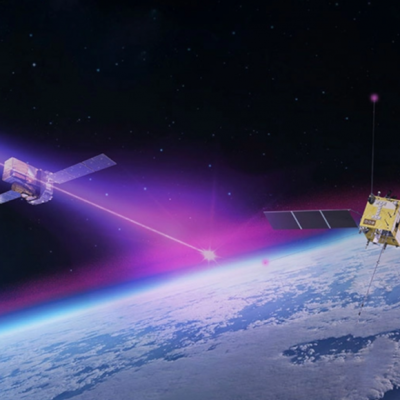Researchers have discovered the remains of a long-sought star catalog – a sky map created by the Greek astronomer Hipparchus around 130 BC. Multispectral photography made it possible to reveal the scraped and overwritten text passages. They reveal that Hipparchus provided star positions accurate to one degree – much more precise than his successor Ptolemy. The discovery was made by Victor Gysembergh and his colleagues from the CNRS research center. They found the ancient Greek astronomy text during the analysis of a medieval manuscript from the archives of the Catherine Monastery on the Sinai Peninsula.
Hipparchus was the first to develop a method for describing the positions of stars through a mathematical-geometric coordinate system based on geographic coordinates. According to tradition, Hipparchus created the first comprehensive star catalog of antiquity around 130 BC. The only evidence of his star mapping are references in the sky catalog of the Roman astronomer Claudius Ptolemy, published 300 years later. Gysembergh and his colleagues have now rediscovered part of Hipparchus’ star catalog for the first time. They discovered the text in the Codex Climaci Rescriptus, a medieval manuscript that was overwritten with new text. Multispectral images revealed the faded old text, making it readable again.
The team analyzed multispectral images of a text that was part of the “Lazarus Project” at the University of Rochester in New York. One page of the codex contained information about the position of stars in the constellation Corona Borealis. The Greek text describes the longitude and latitude of the constellation and provides degree measurements for the positions of the stars. The researchers concluded that the author of these lines must have been Hipparchus. The hidden text under the medieval codex could be the first known remnant of Hipparchus’ long-lost star catalog. The new evidence is a significant step forward in reconstructing Hipparchus’ star catalog.







-400x400.jpg)


